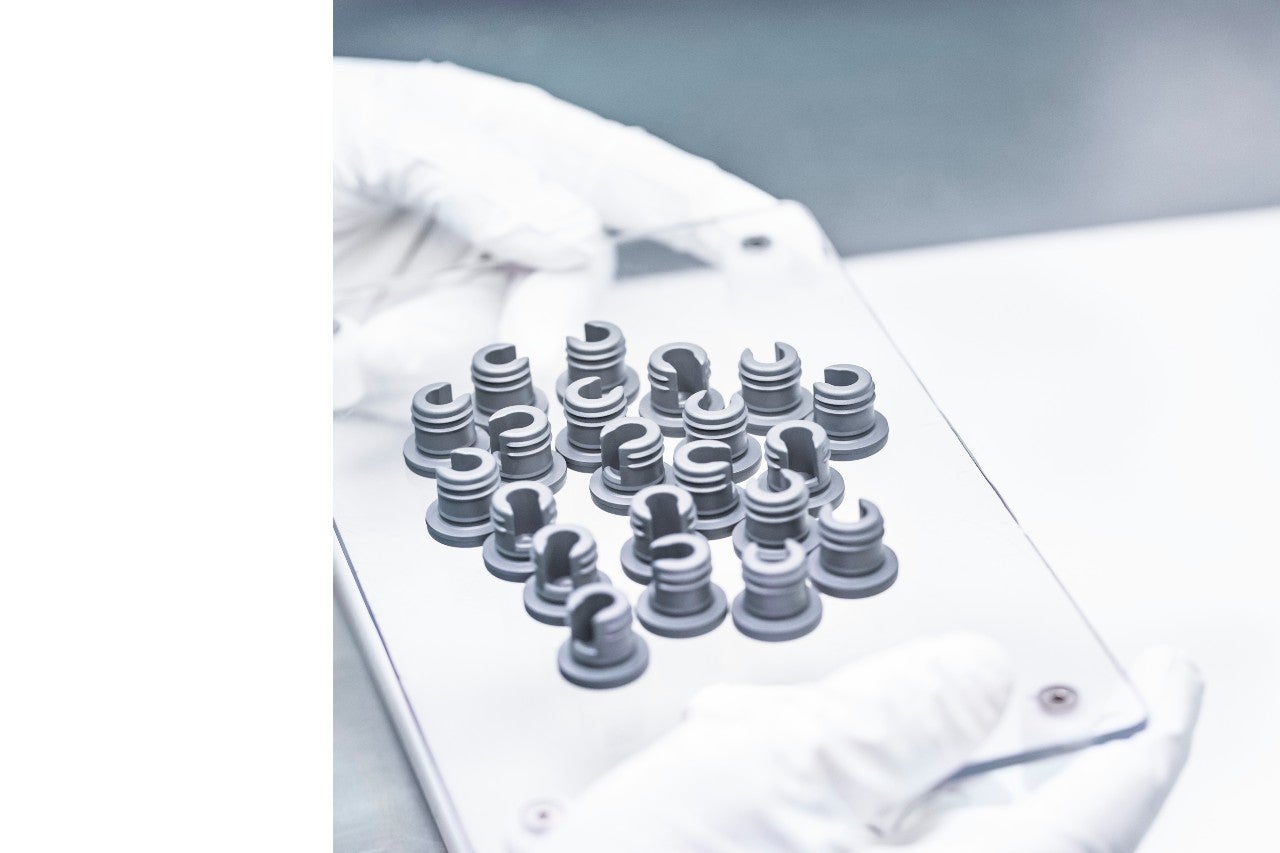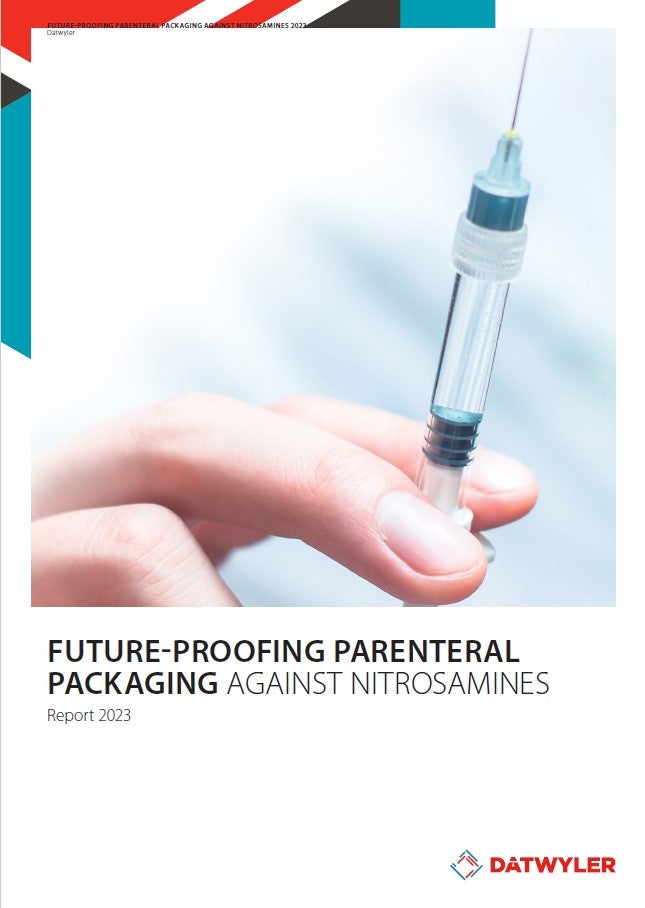
Even before the current pandemic laser-focused the pharmaceutical industry’s attention on achieving a coronavirus vaccine, the spotlight on injectable drugs was bright thanks to the accelerating innovation in delivery devices and the rise of chronic diseases. According to ReportLinker’s report “Injectable Drug Delivery Devices Market – Growth, Trends, and Forecast”, the growing prevalence of conditions like cardiovascular diseases, obesity, and diabetes drove significant growth in the injectable device market as of February 2020. Naturally, more pharmaceutical companies are producing injectable drug delivery devices to meet the growing need. Additionally, innovation in injectable devices have contributed to advantages such as enhanced convenience and reduced patient pain during injections—all of which makes injectables a safer and better experience for both patients and administrators. Still, producing injectable devices does not come without challenges. For one, the costs and challenges of manufacturing injectable biologics are high. This higher investment requires drug manufacturers to be mindful of the risks associated with primary packaging of these drugs to ensure safe and efficacious delivery into patients. To minimize risk, here are five considerations that drug manufacturers and packaging designers should make.
1.Design packaging components based on drug attributes and consider custom-built solutions
Pharmaceutical elastomers are made out of a combination of rubber, fillers, colorants, and other additives that impart the desired properties. Elastomer properties can be fine-tuned to differ in terms of elasticity, chemical properties, and permeability. As such, there are a few factors packaging engineers should take into account when selecting a suitable elastomer or rubber compound for drug delivery usage. For parenteral drug delivery applications, halobutyl elastomers with and without fluoropolymer coatings are often the preferred choices due to suitable physicochemical properties.
Because the cost of manufacturing injectable biologics and rejecting a batch is high, clients approach injectables thinking the highest safety can be achieved from the fluoropolymer coated products. Packaging engineers could start with an ultraclean compound such as the FM457, which is widely known as one of the cleanest elastomers in the industry. The use of fluoropolymer coatings over clean elastomers provide an inert barrier that further improves the leachables profile. To improve drug compatibility interactions, Datwyler has been expanding its toolbox to regularly offer customers cleaner, newer formulations. When continuous innovation is a priority, the industry must evolve on cleaner compounds that minimize potential contamination opportunities.
Moreover, elastomer design should take into account drug compatibility and functionality requirements. Though off-the-shelf packaging components have their place, it’s important to create custom solutions for certain applications with higher sensitivity or stringent functional needs. Custom compounds or product designs are necessary to meet drug-delivery challenges but are also useful for product differentiation and marketing purposes.
2.To protect against leachables and extractables, think beyond the component areas that have direct contact with the drug
Injectable biologics or large molecule formulations are very sensitive to ion leachables, particulate, and silicone contamination. In a 2019 poll of more than 200 biopharmaceutical professionals by Datwyler, 63 percent of respondents cited particle or leachable contamination among their greatest concerns. Fluoropolymer coatings are advantageous in minimizing or mitigating such concerns. With the use of fluoropolymer-coated rubber products, direct contact with the rubber can be prevented and rubber particles and silicone migration into the drug formulation thereby minimized.

However, opportunities for contamination can still increase when drug manufacturers package their injectable drugs in vials, cartridges, prefilled syringes or other injectable devices using stoppers and plungers that are only partially coated with protective fluoropolymers. The presence of naked rubber increases the risk for leachables and jeopardizes the purity of sensitive large molecule formulations. Moreover, unintended silicone migration remains to be a challenge with partially coated elastomeric products. Even if those uncoated areas are not intended to have direct contact with the drug, there is no way to ensure that silicone and particulate from the non-coated areas won’t rub off on the coated areas when thousands of these components are all packaged in a giant bag and transported. Opting for fully coated components can help mitigate this risk.
3.Consider no-added silicone coatings
In the same study by Datwyler, silicone was amongst the top three concerns behind particles and extractables. Often, siliconized coatings may be an option for injectables packaged in prefilled syringes and cartridges as these coatings must provide a certain amount of gliding force. However, non-siliconized formulas are an option for a fluoropolymer-based coating that offers that gliding force without compromising on formulation integrity by introducing more silicone. A coating with no added silicone limits the opportunities for silicone contamination. Additionally, drug manufacturers and packagers should also consider the manufacturing process behind sealing solutions and other packaging components.
4.Implement scalable solutions early on
Eventually, most parenterals transition from a vial to a prefilled syringe or cartridge presentation. These formats are applied during drug life-cycle management and simplify drug delivery, especially in the case of self-dosage with auto-injectors. Drug stability data with pharmaceutical elastomers can be leveraged for the base elastomer and the fluoropolymer coating. This advantage allows the drug product to move across different platforms with ease and across different presentations by using a single supplier for both. This approach cuts down time and complexity to quickly transition from one presentation to the other, helps to understand long-term drug compatibility, simplifies regulatory filings, and ultimately, impacts speed to market.
5.Maximize the safety net with a quality-first approach
There is a common expression: measure twice, cut once. The path to an efficient, profitable, and safe supply chain rests on investing in scrutiny upstream to minimize defective product downstream. No drug manufacturing leadership ever wants to endure a recall—and the subsequent cost or potential damage to the brand. By employing a multi-level inspection approach and security measures to packaging components, drug manufacturers can more easily prevent defective or compromised components from ever reaching their packaging operations. A quality-first manufacturing approach creates a layer of prevention. It starts with the manufacturing in the most rigorously managed environments, such as in Datwyler’s FirstLine™ facilities, which combine automation and clean room environments to limit human intervention. Additionally, ensuring 100 percent camera inspection of all components is another step toward diverting any imperfect product from the supply.
Camera inspection adds a layer of security that cannot be achieved manually. While humans are naturally prone to error, cameras work tirelessly to identify even the smallest anomaly. As the trend continues to progress toward more stringent standards among regulators, drug manufacturers and packaging engineers are faced with higher levels of scrutiny in manufacturing. As such, by collaborating with a strategic partner that already has these technologies in place, manufacturers can remain one step ahead of the curve. Last but not least, ready-to-use (RTU) packaging components in vacuum sealed bags enables an easy way for customers to ensure that the plungers or stoppers have not been compromised along transport. If bags are received that have lost their vacuum seal, they can quickly be diverted from the supply chain.
It starts with collaboration
For pharmaceutical elastomer selection, collaboration is at the heart of the process. Mitigating opportunities for contamination that could compromise the packaging components is an important step to consider. Finally, the most effective solutions are born out of a strong collaborative process between suppliers, packaging developers, and drug manufacturers.



